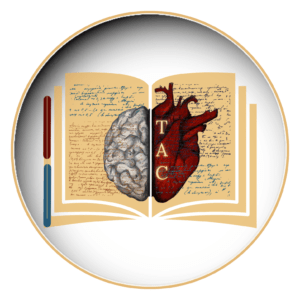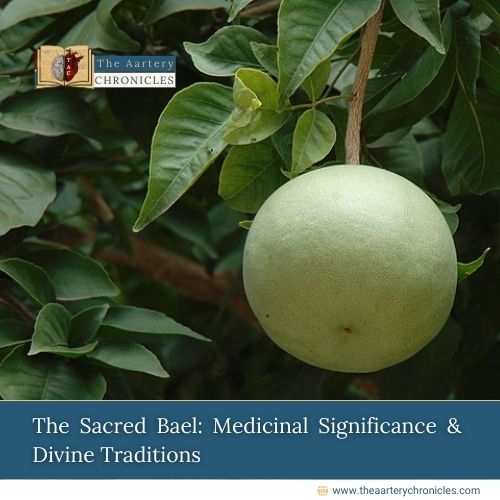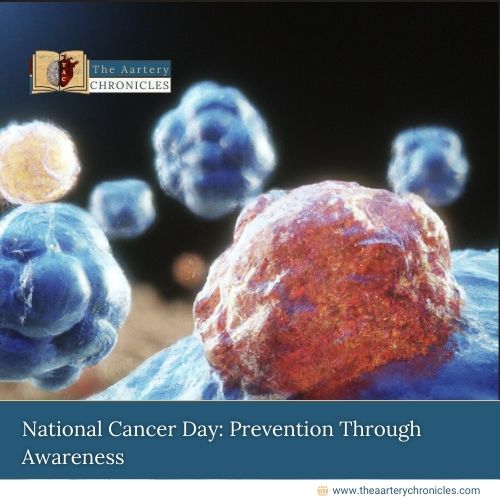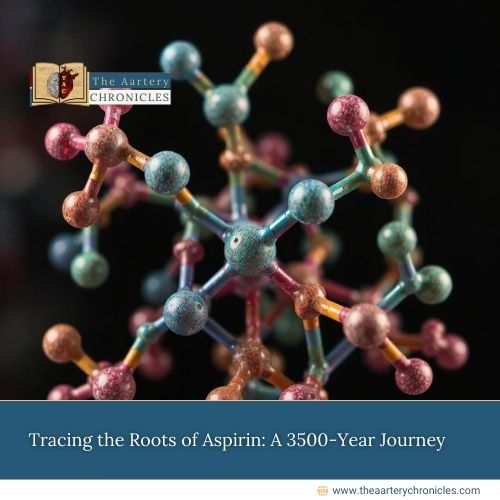

Tracing the Roots of Aspirin: A 3500-Year Journey
Overview of Aspirin
Aspirin is probably one of the most widely used drugs worldwide. It is a salicylate mainly used for treating fever, pain, inflammation, and migraine and potentially reducing major risks associated with cardiovascular disorders. Its discovery has truly been among the most significant achievements of the twentieth century.
Aspirin has a rich history dating back thousands of years. It is widely recognized for pain relief, cardiovascular diseases, and other uses. The journey of the drug from herbal remedy to its status today significantly highlights advancement in the field of pharmacology.
History of Aspirin
Medical historians believe the birth of aspirin to be in or around 1897 however the actual history of the drug can be traced back to more than 3500 years.
Ancient Origins: Salicylates, Willow Bark
Salicyline: Is a glycoside found in the bark of willow trees from the Salicaceae family, specifically in species like Salix alba and Salix fragilis, and is likely one of the oldest remedies still in use today.
- Initially around 3500 years ago, the Egyptians, Sumerians, Greek, and Roman physicians used willow bark as an antipyretic and painkiller.
- Sumerians were aware of the potential of willow bark for treating inflammatory rheumatic diseases.
- Egyptians are believed to be using myrtle and willow leaf extract for soothing joint pain.
- The famous ancient Egyptian medical text Ebers Papyrus, also has a record of myrtle and willow leaf extract for alleviating pain.
- Post this, around 1000 years later Hippocrates and Galen acknowledged the medicinal and therapeutic properties of Salicaceae Hippocrates used it for treating inflammation, and childbirth pain.
- Several parts across the world including the populations of South Africa, and Indians from America utilized willow extracts and salicylate decoctions for various ailments.
18th–19th Century: The Transition from Salicin to Aspirin
- Reverend Edward Stone in the year 1758 extensively worked on the healing properties of willow and found that aqueous extracts of Salix alba bark showed an antipyretic effect.
- In 1763, Stone presented his study to the Royal Society of London, becoming the first to scientifically demonstrate willow bark’s effectiveness in treating fevers.
- Joseph Buchner in 1828 extracted an active component from willow, which was called ‘salicin’
- Later in 1838, an Italian chemist Raffaele Pirìa successfully derived salicylic acid from salicin. However, in 1855 salicylates were found to be ototoxic after ingestion of high doses.
- Finally in 1859 Hermann Kolbe successfully synthesized a crucial component for formulating aspirin, salicylic acid.
- In 1874, Friedrich von Heyden established the first factory for producing artificial salicylate and successfully produced salicylic acid in pure form on an industrial scale.
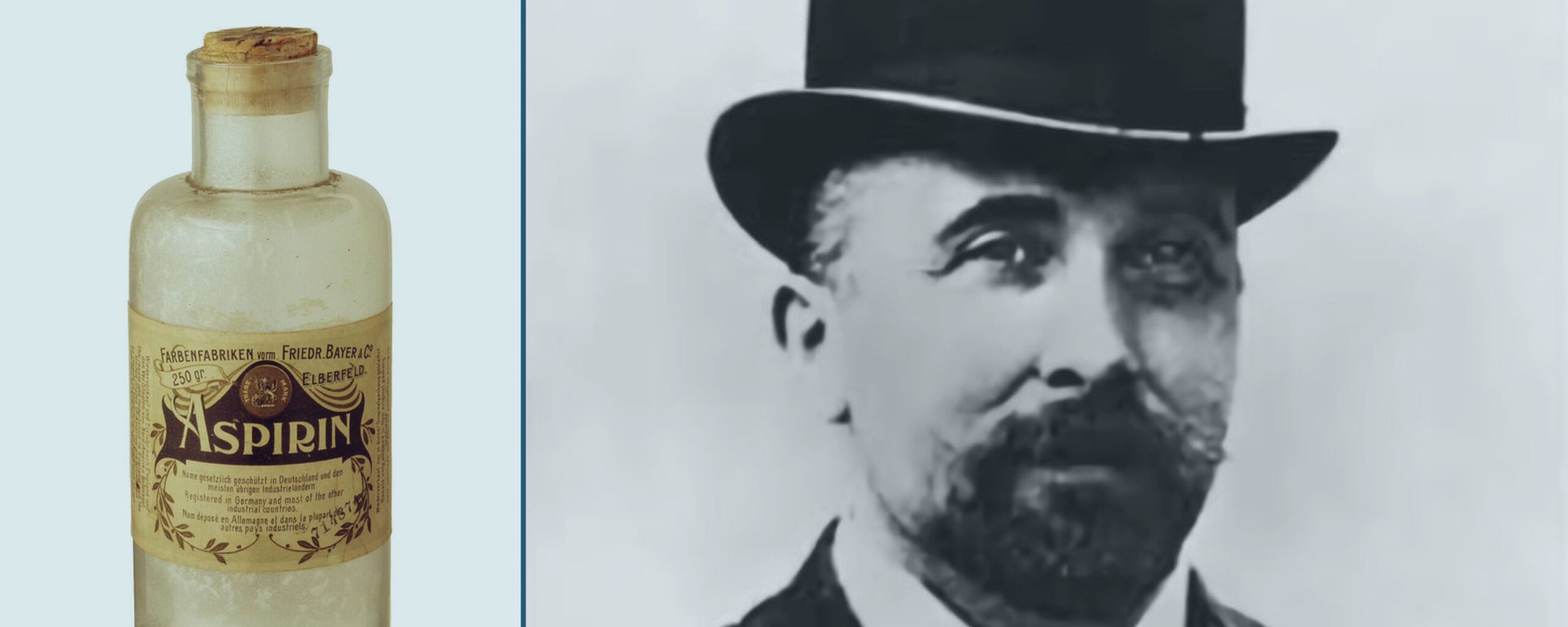
The birth of Aspirin
- The development of salicylates began in the Bayer laboratory which was focused on producing drugs and dyes
- Felix Hoffmann a pharmaceutical chemist at Bayer laboratory successfully obtained acetylsalicylic acid in its purest form by acetylating the phenol group of salicylic acid refluxed with acetic anhydride.
- As per his laboratory notebook, this achievement was dated on August 10, 1897.
- This date since then has been recognized as the birthday of aspirin.
Recognition and Commercialization
- Medical practitioners praised acetyl-salicylic acid recognizing it as a therapeutic success.
- ‘Aspirin’ name was given to the novel drug derived from the composition of acetyl and Spiraea ulmaria, a tree used to extract salicylic acid.
- Bayer filed for a trademark name on the 1st of February 1899 in Berlin and it was patented in 1900 in the United States.
- The drug became available in the market in 1904, in powdered form to start with and tablet form later, becoming the first industrial drug marketed in tablet form all over the world.
Controversy surrounding the discovery of Aspirin
- The key contributors to the aspirin discovery are considered to be: Felix Hoffmann, Heinrich Dreser, and Arthur Eichengrun.
- Felix Hoffmann is mainly credited for the synthesis of acetylsalicylic acid at Bayer laboratories, however, his understanding regarding the significance of the compound is debated.
- Arthur Eichengrün claimed that he had directed Hoffman’s work and must receive the credit for it.
- Heinrich Dreser was the first one to publish an article on aspirin and promote it, resulting in getting recognized as a prime contributor to bringing aspirin to market.
- Nevertheless, the patent filed in the United States in the 1900s attributes the discovery to Hoffmann. This document has been acknowledged and accepted by his supervisors proving their consideration of Hoffmann as the inventor.
Aspirin: Mechanism of Action
- Aspirin inhibits COX enzymes. The irreversible blocking of COX-1 and COX-2 reduces the production of prostaglandins, which are responsible for causing fever and pain,
- Once the prostaglandin levels are reduced fever and pain are significantly alleviated.
- Aspirin also promotes the production of anti-inflammatory compounds known as aspirin-triggered lipoxins (ATLs) which help reduce inflammation and advance healing.
- The inhibition of COX-1 also hampers platelet aggregation which can lead to the formation of clots, thus preventing conditions such as pulmonary embolism and stroke.
Uses of Aspirin
Aspirin being a versatile medication is used in several health conditions. However, some of the conditions for which a physician may prescribe aspirin are:
- Pain
- Cancer
- Inflammation
- Cardiovascular disorders
- Post-Surgery
- Fever
- Some other conditions such as Kawasaki disease.
